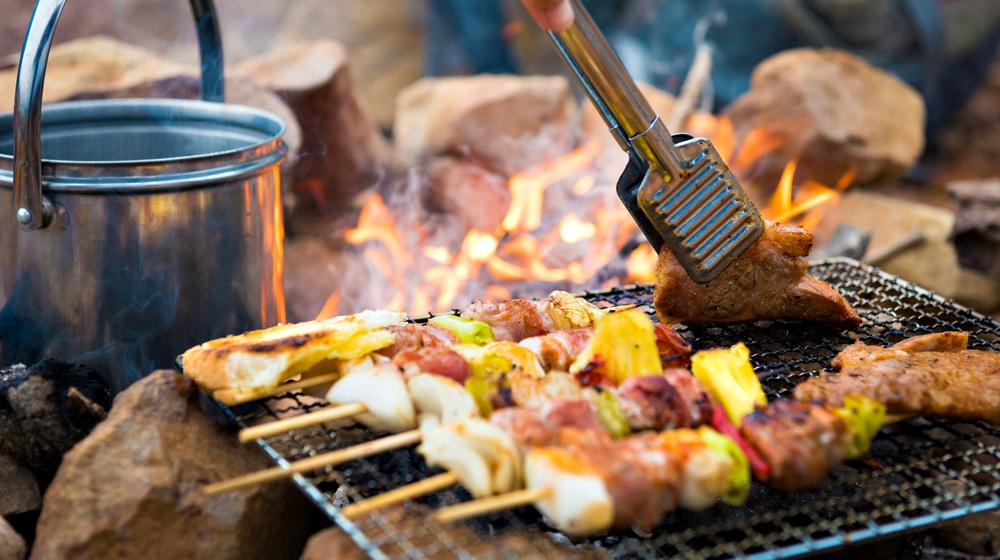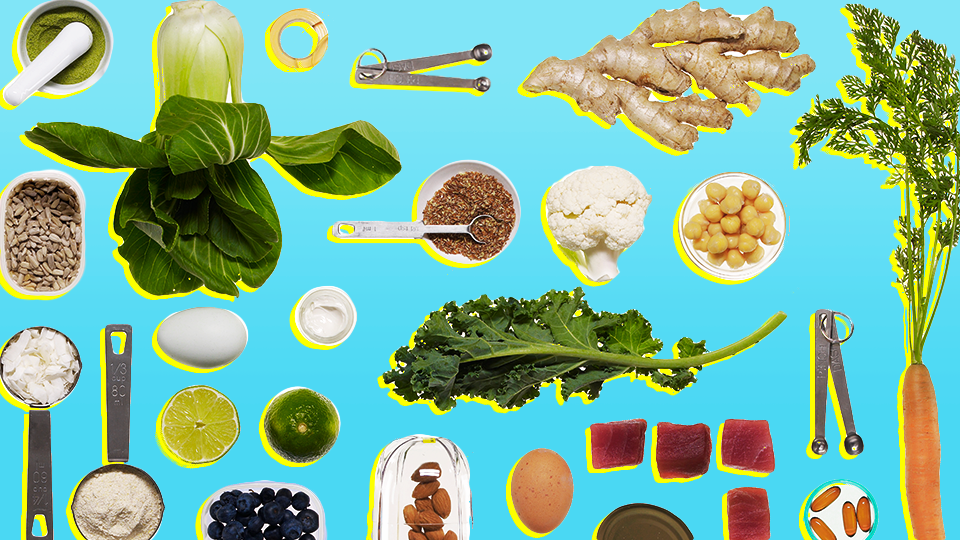
You should be able make a simple, but effective, checklist of your cooking skills for children. These skills can be used to develop creative recipes or ensure that the kitchen is safe. These are some of the tips you can use to help your child develop these skills. Here's a sample list:
List of essential culinary skills
An aspiring chef should not only have a culinary degree but also know how to properly prepare food. These skills include the ability to identify freshness, prepare meats, fruit, and vegetables, as well as convert standard recipes into larger batches. The chef should be able to manage time and have a keen sense for smell and taste. Furthermore, they should be capable of properly handling knives and food equipment.
Sauteing can be used to cook a wide variety of foods. Sauteeing is a great way to make light sauteed veggies and shrimp with garlic butter. Braising, the oldest form of cooking, is usually done over an open fire. It is a fairly basic skill, but is still very useful. It is a basic skill that can be taught to cook. Safety tips and how to use knives are also essential.
Develop creative recipes
Creative recipes are essential to your success when cooking a meal. These creative recipes are not only a showcase of your creativity but also a showcase of your skills. Creative thinking, also known by divergent thinking allows you to think out of the box to develop new ideas. This is an important skill for a cooking career, because it allows you to experiment with different flavors and cooking techniques and impress your customers. Your employer will be impressed by your creativity and willingness to try new flavours. Experiment with new flavors and ideas for menus. For creativity to flourish, you can brainstorm and research different cooking techniques.

The problem with cooking skills is their inconsistent definitions. While they disagree about which one is most important, the authors agree that the definition of the skill needs to change. The authors argue that the definitions of skills should evolve from the "Golden Age", when basic cooking skills were not sufficient. We must encourage the development of these skills and their continued use to ensure a vibrant and healthy future for food.
A safe kitchen environment
For the safety of your staff, it is important to create a safe space in a commercial kitchen. A commercial kitchen can pose a danger to your staff because of the presence of bacteria and electrical equipment. Developing a plan for the kitchen's cleanliness and adopting safety equipment are important first steps. Additionally, never leave young children unattended in the kitchen. Safety plans and training employees can make a big difference in preventing accidents.
All kitchen staff must be trained in fire-safety and fire-resistance. Local fire authorities can offer training in fire safety. It is important that kitchen staff know where fire extinguishers or fire blankets are located, how they operate, and how to manually activate the fire-suppression systems. If necessary, training should be given to employees in CPR as well as first aid. When possible, kitchens should have non-slip flooring and mats.
How to identify food safety hazards
Your safety program should include identifying food safety hazards, regardless of whether you're cooking for your family or catering for special occasions. Identifying potential hazards is an important part of food safety, as it can prevent outbreaks of food poisoning and product recalls. Failure to identify potential hazards could lead to brand damage, regulatory action, and even brand destruction. Codex HACCP compliance for food businesses is essential. Recognizing hazards is a crucial requirement.

There are many physical dangers that could cause injury to humans. They can either be natural or manufactured and can also come from packaging or individuals. Different physical hazards are more likely to cause disease or injury than others. These hazards are not necessarily inherently dangerous, but they must be identified and eliminated before they can cause harm. To identify potential hazards and to determine how to reduce them, it is important that you identify the source of the problem. You can also observe the product to identify the source of the danger.
FAQ
How do you store leftovers best?
Tupperware containers are a good choice for leftovers. These containers keep food fresh and prevent odors forming. They can also keep food warm longer. Frozen leftovers can be kept in freezer bags. You can freeze leftover food by placing it in another freezer bag. This will prevent any air from escaping. Once the food is frozen place it in an airtight container, such as a zip lock bag.
How long does it take to become chef? What Is the Average Career Path?
The average time it takes to become a chef is five years. In this period, you will learn basic cooking skills and experience as a kitchen assistant. After you've completed your training you can apply to be a line cook or sous chef. The salary range for a chef is between $25,000 to $60,000 per annum.
Where can I find online cooking classes for free?
Many websites offer cooking lessons for free. YouTube can be searched for videos showing you how to make different meals. Some sites offer thousands of recipe options. Although you will have to pay a monthly fee for these sites, you can always try them for free for 30 consecutive days.
Statistics
- According to the BLS, chefs earn $58,740 a year. (learnhowtobecome.org)
- under 10 Kids have been taught that there is special food just for them, and Fiese says that 10 percent of kids will throw a tantrum if they don't get the food they want. (washingtonpost.com)
- In the United States, the category is estimated at $23.2 billion annually and is growing faster than the market. (washingtonpost.com)
External Links
How To
How to make a perfect eggroll
Omelets are a favorite breakfast food of mine. How do you make them perfect? I have tried many different recipes and methods, but none of them work. So today, I want to share some tips and tricks with you so you can make your own delicious and fluffy omelets every morning.
Before we start making omelets, let's remember that eggs are temperamental. Eggs must be purchased fresh, preferably organic, and kept chilled until ready for cooking. If you don't keep them cold enough, the whites won't form properly, and the yolks will break down too much and become runny. This causes your omelets to look oddly colored. If you plan to cook the eggs right away, it is best to use room temperature eggs.
Another tip is to separate each egg before adding them to the saucepan. You don't want the white to get mixed with the yolk, as this could cause the egg to curdle.
The bottom part of an egg that is added directly to the stovetop might be burned, which could cause a ruined texture in your omelet. Instead, place the egg in the microwave for 10 second before you put it in the skillet. The microwave heat cooks the eggs just right without overcooking them.
Let's now talk about mixing eggs. Mix eggs well together. Turn the bowl upside down and grab the whisk to do this. Next, shake the bowl vigorously. This will whip the air around the bowl and mix the egg well.
Now comes the fun part: adding the milk to your mixture. Fold the eggs in the milk mixture by first pouring half of it into the egg whites. If you still see streaks of eggs, don't worry. These streaks will disappear once the omelet has been turned over.
After you have folded your eggs, heat up the oil on medium heat. Wait for it to get hot. Once the oil has gotten hot, add 1/4 cup of butter and swirl it around so that the entire pan is coated. Open the lid and sprinkle salt on the pan. The salt will help to prevent the omelet's sticking to the pan.
Once the omelet has formed completely, cover the pan and let it set for a few minutes. Flip the omelet upside down or with a spatula. Cook the other side for about a minute. Remove the omelet from the pan and serve immediately.
This recipe is best when used with whole milk. But, you can use skimmed milk as well.